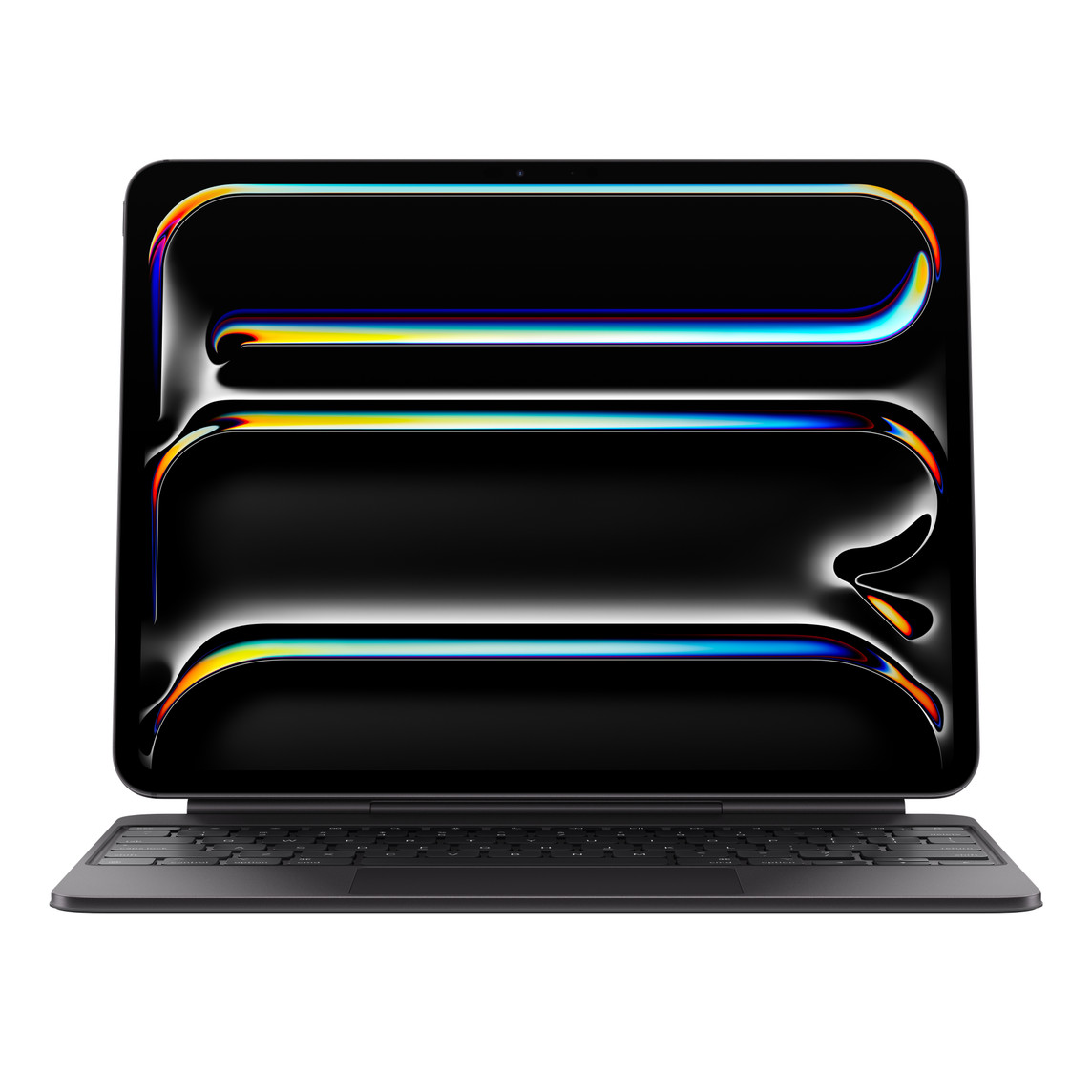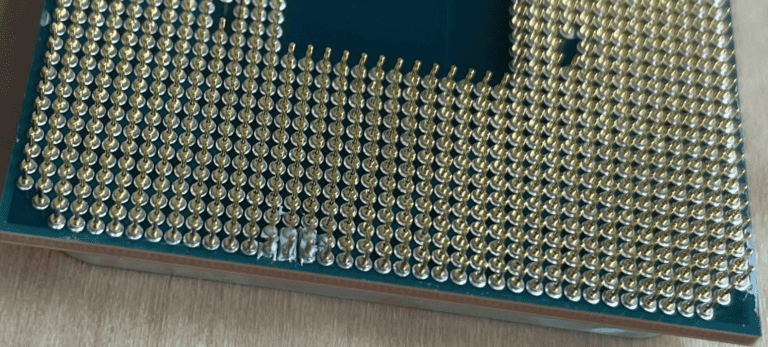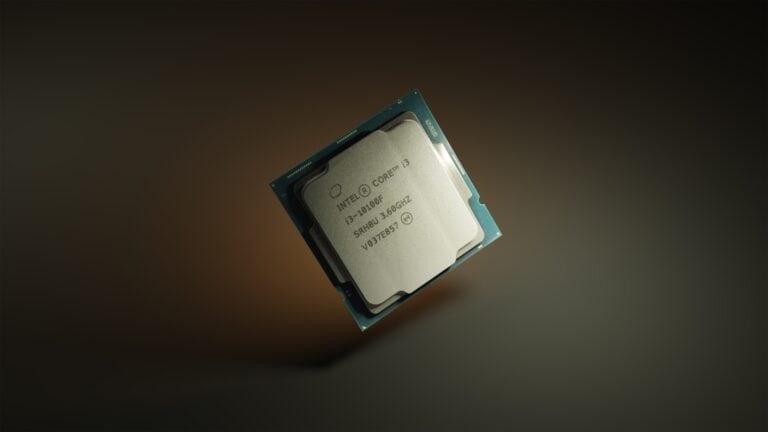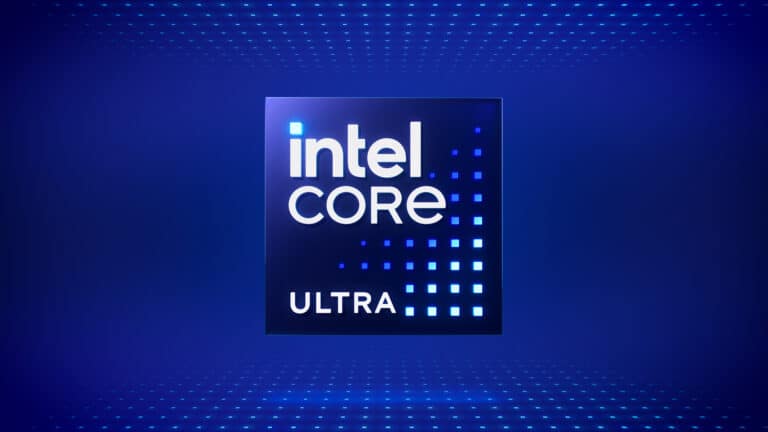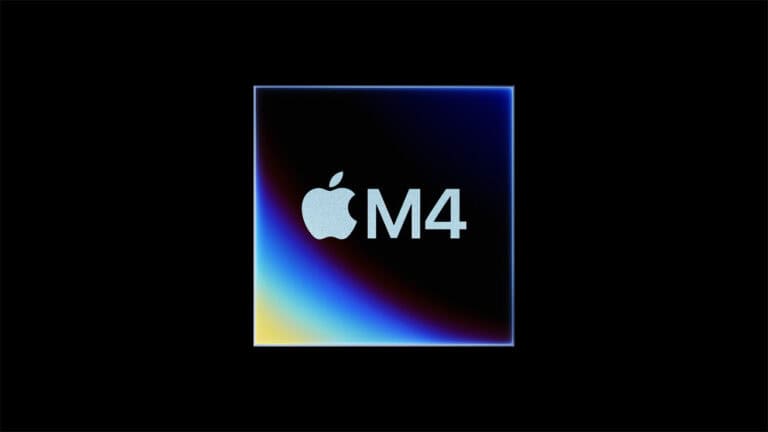Apple’s M4 chip marks the next step in Apple silicon for Macs, bringing more performance and efficiency through its second‑generation 3‑nanometer process. It comes in three versions — M4, M4 Pro, and M4 Max — each designed for different workloads, from everyday use to demanding professional tasks. It delivers faster CPU and GPU performance, improved AI processing, and higher memory bandwidth compared to earlier Apple silicon chips.
Built as a system on a chip (SoC), the M4 family integrates CPU, GPU, Neural Engine, and memory into one unit. This design allows faster communication between components and lower power use. The M4 supports up to 32GB of unified memory, while the M4 Pro and M4 Max increase that to 64GB and 128GB, with much higher bandwidth for large projects.
The M4 lineup also introduces hardware‑accelerated ray tracing, Thunderbolt 5 support on Pro and Max models, and an upgraded Neural Engine for AI workloads. These features make it a strong option for both creative professionals and those running complex simulations or machine learning models.
Apple M4 Chip
Apple’s M4 chip, introduced in late 2024 and now powering the latest MacBook Air, MacBook Pro, iMac, Mac mini, and Mac Studio models in 2025, represents a major leap in efficiency and AI capabilities. Built on TSMC’s 3nm process, it delivers higher performance per watt than any previous Apple Silicon generation.
1. Core Features
- Architecture: Custom ARM-based design, 3nm process technology (TSMC N3E).
- CPU: Up to 10 cores — 4 high-performance + 6 efficiency cores.
- GPU: 10-core GPU with hardware-accelerated ray tracing and mesh shading.
- Neural Engine: 16-core Neural Engine capable of 38 trillion operations per second (TOPS) — optimized for AI/ML tasks.
- Unified Memory: Up to 32GB (M4), 36GB (M4 Pro), 128GB (M4 Max) with bandwidth up to 400GB/s on higher models.
- Media Engine: Hardware encoding/decoding for ProRes, H.264, HEVC, and AV1.
2. Performance
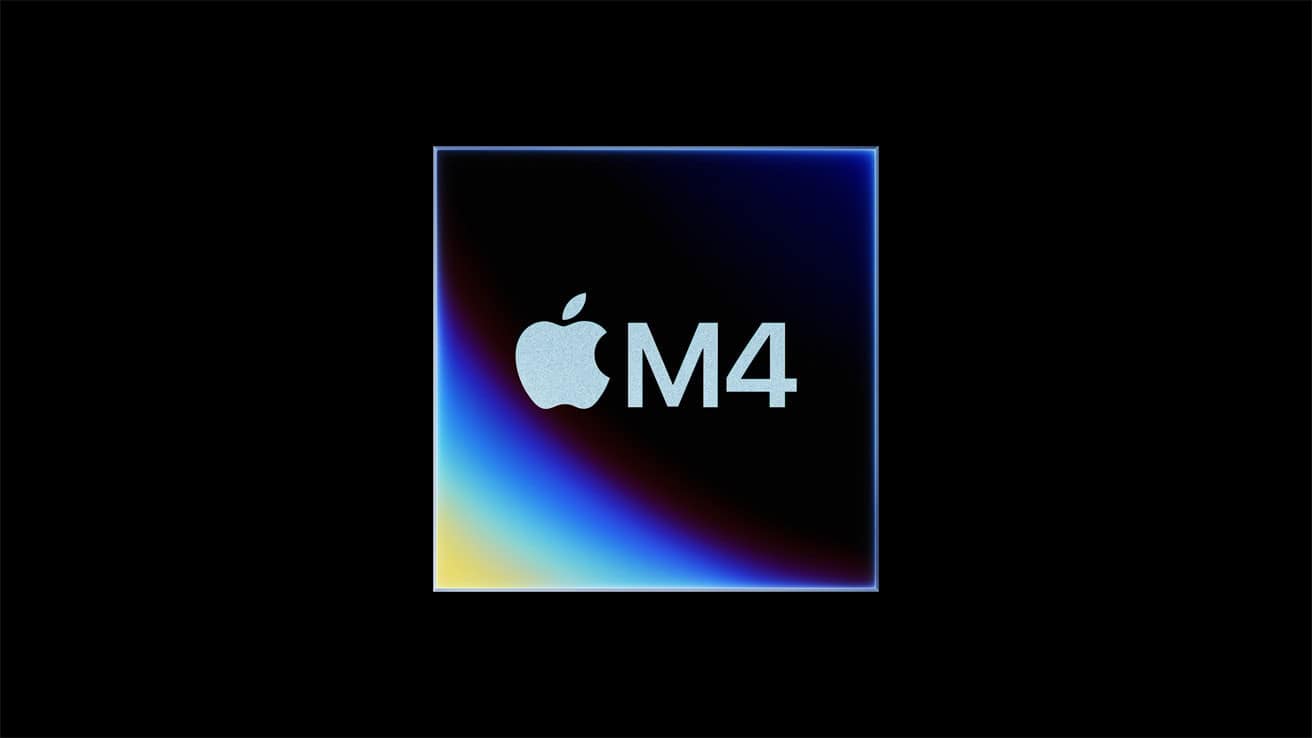
CPU
- Benchmarks show up to 20% faster single-core and 30–35% faster multi-core performance compared to the M3.
- Efficiency cores are significantly improved, allowing many tasks to run on low power without waking the performance cores.
GPU
- Hardware ray tracing enables real-time lighting and shadows in pro apps and games.
- Gains of up to 40% in GPU compute performance over M3 in supported apps.
AI & Machine Learning
- The upgraded Neural Engine accelerates:
- On-device AI image generation
- Natural language processing
- Live transcription and translation
- Pro app AI features (Final Cut Pro, Logic Pro, Xcode)
3. Innovations
- Advanced Power Efficiency: Longer battery life — up to 22 hours on the MacBook Pro.
- Dynamic Caching (GPU): Allocates local memory in real time for better efficiency in graphics workloads.
- Next-Gen Display Engine: Supports multiple 8K displays or up to 6 external monitors (on M4 Max).
- Security Enhancements: New Secure Enclave improvements for encryption and biometric data protection.
- AV1 Hardware Decode: More efficient streaming for platforms like YouTube and Netflix.
4. M4 Variants

| Variant | CPU Cores | GPU Cores | Max Memory | Target Users |
|---|---|---|---|---|
| M4 | 8–10 | 10 | 32GB | Everyday users, students, light creative work |
| M4 Pro | 12 | 16–20 | 36GB | Prosumers, coders, heavier creative workloads |
| M4 Max | 14 | 32–40 | 128GB | High-end video editing, 3D rendering, AI research |
✅ Bottom Line
The Apple M4 chip combines higher performance, better graphics, and advanced AI capabilities with industry-leading efficiency.
- Best for: Users who want cutting-edge performance in a fanless or quiet laptop, creative professionals, AI developers.
- Upgrade worth it? Yes, if you’re coming from M1 or Intel Macs. M3 owners may only notice big gains in GPU and AI-heavy workloads.
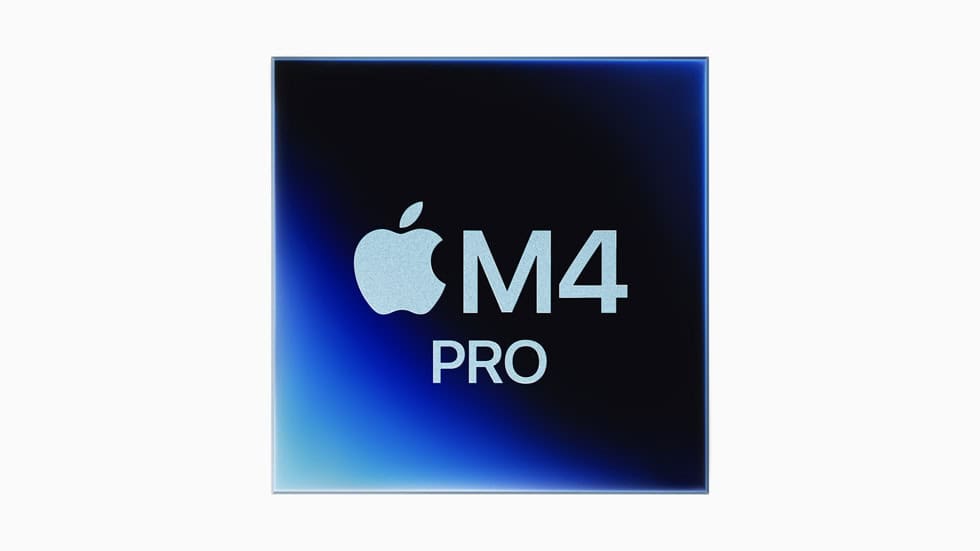
Key Takeaways
- M4 chips use a 3‑nanometer process for better performance and efficiency
- Three versions target different performance needs: M4, M4 Pro, and M4 Max
- Integrated design boosts speed, AI capability, and memory bandwidth
Apple Silicon Benchmark Comparison (M4 vs M3 vs M2)
| Feature / Test | M2 (2022) | M3 (2023) | M4 (2024–2025) |
|---|---|---|---|
| CPU Cores | 8 (4P + 4E) | 8 (4P + 4E) | 10 (4P + 6E) |
| Single-Core Geekbench 6 | ~2,600 | ~3,050 | ~3,650 |
| Multi-Core Geekbench 6 | ~9,700 | ~12,100 | ~16,200 |
| GPU Cores | 8–10 | 10 | 10 (with hardware ray tracing) |
| GPU Metal Score | ~43,000 | ~53,000 | ~74,000 |
| Neural Engine TOPS | 15.8 | 18 | 38 |
| Max Unified Memory | 24GB | 24GB | 32GB (M4), 36GB (M4 Pro), 128GB (M4 Max) |
| Battery Life (MacBook Pro) | Up to 20 hrs | Up to 22 hrs | Up to 22 hrs (more power under load) |
| Process Node | 5nm | 3nm (TSMC N3B) | 3nm (TSMC N3E, more efficient) |
Takeaways
- CPU: M4 delivers ~35–40% faster multi-core performance than M3, and ~65% faster than M2.
- GPU: The biggest leap is from M3 to M4, thanks to hardware ray tracing and mesh shading — ~40% faster in supported workloads.
- AI: The Neural Engine in M4 is more than 2× faster than M3’s, making it ideal for on-device AI tasks.
- Efficiency: M4 matches M3’s battery life but sustains higher performance without throttling.
Frequently Asked Questions
The Apple M4 chip delivers higher processing speed, better graphics performance, and improved efficiency over its predecessors. It also supports advanced workloads, longer battery life in most cases, and expanded compatibility with professional software.
What are the performance improvements of the M4 chip compared to the previous generation?
The M4 chip uses TSMC’s second-generation 3nm process and contains 28 billion transistors, up from 25 billion in the M3.
It offers up to 1.5× faster CPU performance than the M2 and improved branch prediction, wider execution engines, and faster machine learning accelerators.
How does the M4 chip’s energy efficiency compare to its competitors?
The smaller 3nm process reduces power use while maintaining high performance.
Compared to many competing laptop and tablet processors, the M4 can sustain workloads at lower wattage, which helps manage heat and extend battery life.
Can the M4 chip support professional-grade software and applications?
Yes. The M4 can handle applications for 4K and 8K video editing, 3D rendering, and complex data processing.
Its 16-core Neural Engine supports advanced AI tasks at up to 38 trillion operations per second, enabling demanding creative and technical workflows.
What is the expected battery life impact when using devices with the M4 chip?
Devices with the M4 chip generally run longer on a charge compared to earlier models with similar workloads.
The efficiency cores handle light tasks with minimal power draw, while performance cores activate only when needed.
Which models in the Apple lineup feature the M4 chip?
As of now, the M4 chip is available in the latest iPad Pro models.
It is expected to appear in future MacBook Air and MacBook Pro releases, along with possible M4 Pro and M4 Max variants.
What are the graphics capabilities of the M4 chip?
The M4 includes up to a 10-core GPU with hardware-accelerated ray tracing, mesh shading, and dynamic caching.
Graphics performance can be up to 4× faster than the M2, making it suitable for gaming, 3D modeling, and high-resolution video work.

